If you’re looking for roof installation services in Orlando, call the experts at PRS Roofing today at (800) 750-9198.
Every roof installation starts with a roof support system. This essential component holds the roof up and determines its shape. The most common roof support types are trusses and rafters.
Trusses are more popular than rafters because they’re more cost-effective, lightweight, and convenient. They’re usually built in a factory and easily shipped to a construction site. On the other hand, Rafters must be made with heavier wood by carpenters on site, which can be more expensive and time-consuming.
Whether dealing with a new commercial or residential roofing project, you’ll likely need to choose a truss. If you’re doing a remodel, addition, or repair, you’ll need to know what type of existing truss you’re working with. Here, we break down some of the most common types of trusses so you can make informed decisions.
1. King Post Truss
A king post is the most basic type of peaked truss because it uses the fewest elements in the inner support design or webbing. The simple design of a king post usually makes them cheaper than other trusses. However, they’re best suited for small projects like garages or home additions.
2. Queen Post Truss
Queen posts are similar to king posts but have a slightly more complex design and webbing that allows for greater expansion. They’re ideal for larger projects, such as new house construction or more extensive additions.
3. Gable Truss
The webbing consists of several vertical posts within a pitched frame. These trusses go on either end of a gable roof or peaked roof, one of the most common roof types for homes in the U.S. They’re often combined with other types of trusses in residential roofing.
4. Fink Truss
These trusses are some of the most commonly used in residential home construction. The outer framing of a fink truss forms a peak, and the inner webbing forms the letter “W.” This design allows them to bear greater loads than king and queen post trusses and to cover greater distances; it also allows for some storage space.
5. Fan Truss
The design of a fan truss is a combination of a queen truss and a fink truss. They are popular in medium-sized building projects and are often steel.
6. Attic Truss
Attic trusses offer space that other types of trusses do not. They form a peak, and the webbing has a large rectangular opening in the middle that allows for storage or living quarters in an attic space.
7. Scissor Truss
You can combine scissor trusses with other roof support types to create vaulted ceilings in some areas of the home. These types of trusses form a peak and have sloped bottoms that create vaulted ceilings. They’re ideal for open-plan homes and are usually more expensive than other trusses because of their design.
8. Flat Truss
As the name suggests, this type of truss supports flat roofs. They’re built similarly to floor trusses and offer a great deal of support. Commercial buildings tend to use flat trusses more than residential buildings do.
9. Gambrel Truss
Gambrel trusses create barn-shaped roofs with slopes on each side of a peak. They are ideal for barns, sheds, storage buildings, and farmhouse-style homes since their spacious design creates high ceilings.
10. Raised Heel Truss
The main difference between raised heel trusses and standard ones is that they’re raised slightly by a heel that extends from the top of the wall. The additional space this elevation provides allows for better ventilation and insulation. Because of these advantages, these trusses are often ideal for energy-efficient buildings and homes.
11. Hip Truss
This type of truss has four sloped sides that meet at a point in the center of the roof. Hip trusses are more stable than pitched roofs, so they’re ideal for houses in windy and snowy areas. Hip roof framing and installation can be more complex than other roof support types because they must have the correct slope and line up correctly with the roof ridge.
12. Mono Truss
Mono trusses commonly appear on sheds, garages, and commercial and agricultural buildings. These versatile trusses are essentially half of a standard truss. Their design allows more visual space and sunlight than other roof support types.
Ways to Determine Roof Support Types
If you’re about to embark on a remodel, addition, or repair, you must know what type of truss your home or building currently has. This helps ensure consistency in design and construction. If you don’t know which type of truss you have, you can look at a few factors to help you figure it out, such as the following:
- The shape of your roof: If your roof is peaked, you likely have a gambrel trust or variation. Meanwhile, if your roof is shaped like a barn, you most likely have a gambrel or hip truss.
- The shape and height of your ceilings: If your ceilings are pitched or vaulted, you likely have a scissor truss or gambrel truss.
- Your attic space: If you have a finished attic in your home, you likely have an attic truss.
If you can’t figure it out yourself, you can hire a roofing professional to help you determine which type of truss you currently have.

Work with the Professionals at PRS Roofing
The type of roof support you choose for your project will impact several factors, including design and cost. Working with a trusted roofing professional can help ensure you select the best truss for your needs and budget.
Our team at PRS Roofing can help you with all of your roofing projects, from repairs to installation. We have vast industry experience and can help you address all your roofing concerns. Call us at (800) 750-9198 today to get a free quote and learn more about our services in Orlando.
Want to know more about different roof support types? Read on to learn about the different types of slate roof materials.

